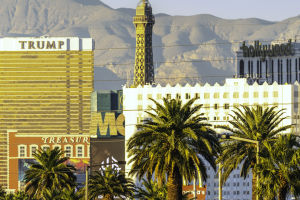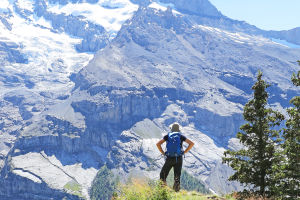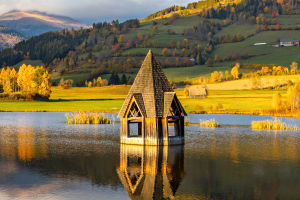Our top pick in Bangkok's must-see attractions is Wat Pho.
It boasts the largest reclining Buddha in the city, Thailand's biggest collection of Buddha images, and is considered the earliest hub for public education in the country.
Don't miss the jaw-dropping Reclining Buddha in the pavilion on the temple's western side - a truly unforgettable experience. Plus, you'll notice a slightly more peaceful atmosphere compared to nearby Wat Phra Kaew.
Overview of Wat Pho
The grandeur of Wat Pho in Bangkok is truly captivating, boasting numerous superlatives such as the city's largest reclining Buddha, the most extensive collection of Buddha images in Thailand, and serving as the earliest hub for public education in the country.
The expansive grounds cover an area of eight hectares, with key tourist attractions located on the northern section of Th Chetuphon, while the southern part houses the monastic facilities.
The Reclining Buddha
The undeniable highlight of Wat Pho is the remarkable Reclining Buddha, housed in a pavilion at the temple's western edge. Visitors can marvel at this impressive sight, which is even more awe-inspiring due to the slightly fewer crowds compared to other neighboring temples. The figure of the Reclining Buddha was completed in 1848, featuring intricate details crafted out of a brick core covered in gold leaf.
Historical Significance
Wat Pho traces its origins back to the 16th century when the initial structure was established as a monastery during the late Ayuthaya period. King Rama I undertook significant restoration works in 1788, further expanding the temple complex.
Subsequent enhancements by King Rama III in 1832 saw the addition of key structures like the South Vihara and the West Vihara, enhancing Wat Pho's architectural and cultural significance.
Preservation of Traditional Thai Medicine
Under King Rama III's patronage, Wat Pho also became Thailand's first public university, focusing on traditional Thai medicine.
The temple's impressive array of sculptures and artwork were commissioned to educate people on history and literature. Stone inscriptions added by King Rama III and Thai scholars between 1831 and 1841 further enriched the cultural heritage of Wat Pho.
Unique Experiences at Wat Pho
Apart from its architectural splendor, Wat Pho offers visitors the opportunity to partake in traditional Thai massages. The temple houses a renowned massage school with pavilions within the compound, allowing guests to enjoy relaxing massages alongside their sightseeing experience. Additionally, courses on Thai massage are available for those interested in learning this ancient healing art.
Exploring the Temple Grounds
Wat Pho's grounds are adorned with various attractions such as the Royal Chedi, Phra Ubosot, and Phra Mondop, each offering unique insights into Thai culture and history. Visitors can also admire the ancient inscriptions, Buddha statues, and granite carvings scattered throughout the temple complex, providing a glimpse into Thailand's rich heritage.
Practical Information
Wat Pho is open daily from 8:30 am to 6:30 pm, with an entry fee of 200B. Visitors are advised to adhere to the temple's dress code, which requires wearing long skirts or trousers and sleeved shirts. Furthermore, guests can enjoy a complimentary bottle of water upon entry, ensuring a comfortable experience while exploring the wonders of Wat Pho.
Ready to Experience Wat Pho?
From the awe-inspiring Reclining Buddha to the tranquil temple grounds, Wat Pho offers a perfect blend of history, spirituality, and relaxation. Whether you're drawn to its architectural wonders, traditional Thai massage, or cultural significance, this iconic site is a must-visit in Bangkok.
Have you visited Wat Pho before? What part of the experience stood out to you the most? Or, if it's still on your travel list, what are you most excited to see? Share your thoughts and travel plans in the comments—we'd love to hear your experiences!
WAT PHO Reclining Buddha Temple Bangkok 🇹🇭 Thailand
Video By Global Travel Mate







